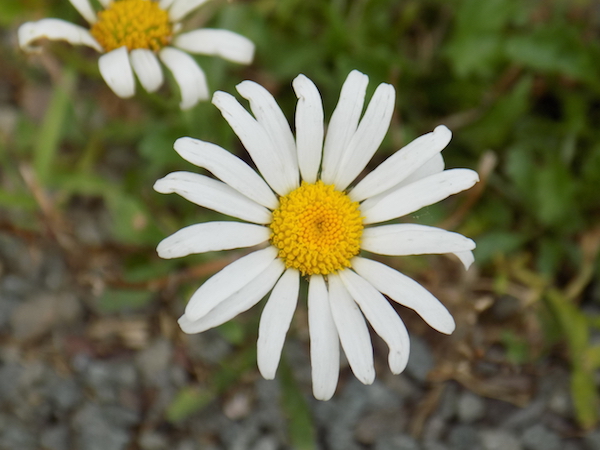
Victorians printed off books detailing the language of flowers. Each flower in the garden could be used to send a secret message to someone you loved or didn’t love. This article from 1912 gives a list of some common flowers and what the flowers meant when used to send someone a secret message.

The Flower’s Message
Rose (full blown) — Engagement.
Rose, white (withered) — I am in despair.
Rosebud (red) — Inclined to love.
Rosebud (white) — Too young to love.
Bay-leaf — I change but in death.
Call Lily — Beauty, maiden modesty.
Chrysanthemum (red) — I love.
Chrysanthemum (white) — Truth.
Chrysanthemum (yellow) — Slighted love; dejection.
Clover (white) — Think of me.
Clover (red) — Industry.
Four-leaf Clover — Be mine.
Geranium — Gentility.
Heliotrope — Devotion, eagerness.
Iris — Message, my compliments.
Jonquil — Can you return my love.
Laurel — Treachery.
Lilac (white) — Youthful innocence.
Mulberry (white) — Wisdom.
Orange Blossom — You are pure and worthy.
Pansy — Pleasant thoughts.
Lily of the Valley — Perfect purity.
Carnation (variegated) — Refusal.
Snowdrop — Friendship in trouble.
Tulip (red) — Declaration of love.
Violet (blue) — Love, faithfulness.
Violet (white) — Modesty, candor.
Source: The Day Book (Chicago, Illinois newspaper). July 24, 1912.

